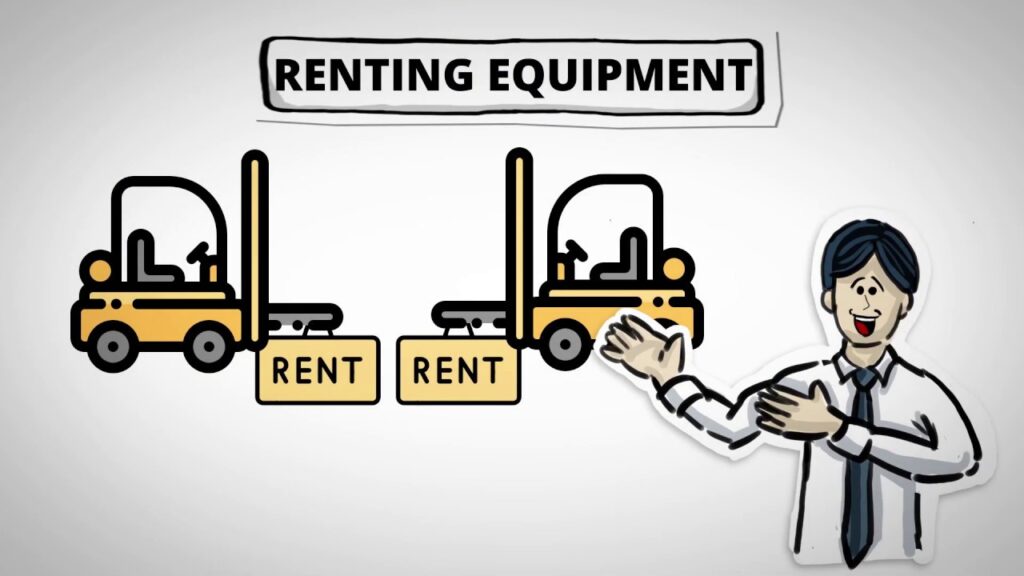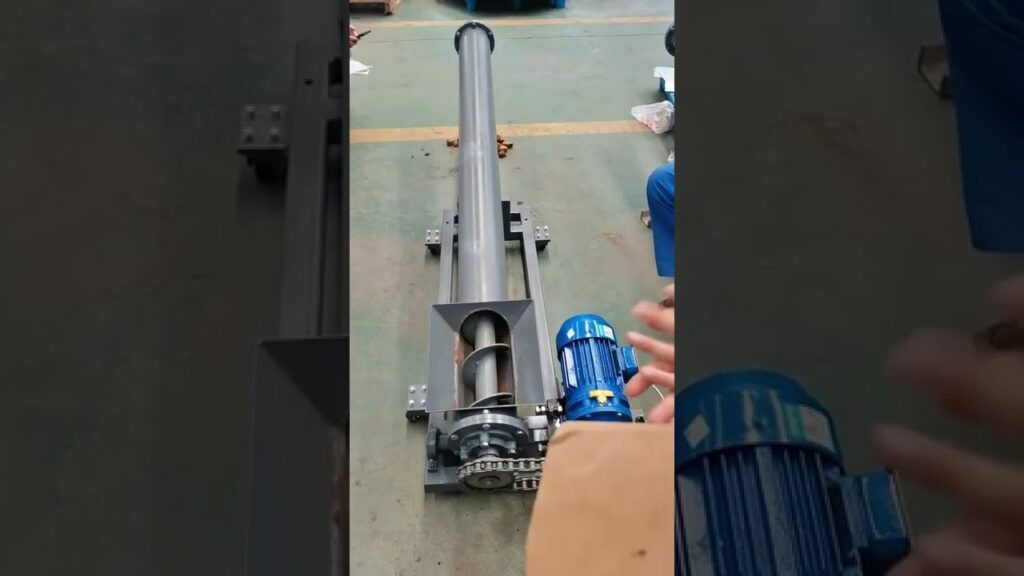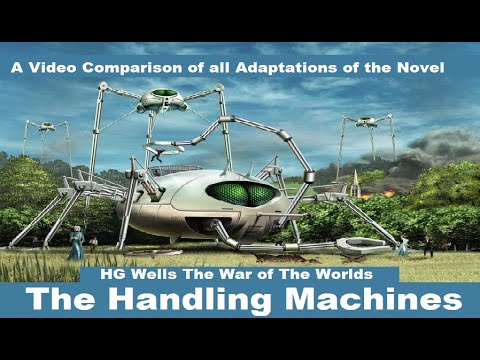Buy Handling Machine: A Comprehensive Guide to Obtaining Material Handling Equipment
Material handling equipment (MHE) is essential for various industries, ensuring the smooth movement, storage, control, and protection of materials and products. When considering obtaining MHE, there are three main options available: buying, renting, and leasing. Each option comes with its own advantages and considerations, making it crucial for businesses to analyze their needs and make an informed decision. In this article, we will explore these options in-depth and help you determine the best approach for your business.
**Renting MHE: Flexibility and Cost-Effective Solutions**
Renting material handling equipment offers businesses the advantage of flexibility. Whether you have a short-term project, seasonal demands, or need to accommodate sudden spikes in workload, renting allows you to quickly acquire the required equipment without a long-term commitment. Moreover, renting relieves you of maintenance concerns, as rental agreements often include servicing and repairs.
Perhaps the most enticing aspect of renting MHE is the cost-effectiveness. The initial investment is significantly lower compared to buying, and you avoid the burden of equipment depreciation. Rental costs are typically calculated on a fixed monthly or daily basis, offering better control over expenses. Additionally, rental companies often have a wide selection of equipment options, allowing you to choose the most suitable ones for your specific tasks.
However, renting is not without its drawbacks. In the long run, the accumulated rental costs might surpass the equipment’s buying price. Furthermore, when relying solely on rented equipment, you may face limited availability during peak periods. Despite these considerations, renting MHE remains a viable option for short-term or sporadic needs.
**Leasing MHE: Strategic Investments with Financial Flexibility**
Leasing material handling equipment offers businesses a middle ground between buying and renting. It enables you to access the latest and most advanced equipment without a large upfront investment. Leasing agreements are usually long-term, allowing for cost-effective monthly payments and potentially tax advantages, depending on your location.
Leasing not only helps with financial management by preserving capital but it also allows for consistent equipment updates. As technology advances, you can easily upgrade your leased equipment, ensuring that you always have state-of-the-art machinery at your disposal. Additionally, leasing often includes maintenance services, alleviating any concerns about repairs or unexpected breakdowns.
It is important to note that leasing usually requires a credit check and may involve strict regulations and terms. If your business operates on a tight budget or requires complete ownership of the equipment, leasing might not be the most suitable option.
**Buying MHE: Ownership and Long-term Viability**
Buying material handling equipment provides businesses with complete ownership and control over their machinery. If your operations heavily rely on MHE and require consistent and long-term usage, buying may be the most viable option. By purchasing the equipment outright, you eliminate ongoing rental or leasing expenses, potentially saving a significant amount of money in the long run.
Moreover, owning the equipment gives you the freedom to modify or customize it according to your specific needs. You have the flexibility to maintain and repair the machinery as required, ensuring optimal performance and minimizing downtime. Additionally, purchased equipment can serve as an asset and contribute to your business’s overall value.
However, buying MHE requires a considerable upfront investment and entails additional expenses such as maintenance, repairs, and depreciation costs. You need to consider the lifespan of the equipment, potential technological advancements, and any potential need for future upgrades. Careful financial planning is pivotal to ensure that buying is the most suitable choice for your business in the long term.
**Conclusion: Finding the Right Approach**
Understanding the three main options of obtaining material handling equipment – renting, leasing, and buying – is crucial for businesses seeking to optimize their operations. Renting offers flexibility and cost-effectiveness for short-term or sporadic needs, while leasing provides financial flexibility and access to the latest technology. On the other hand, buying grants complete ownership and long-term viability.
Ultimately, the decision depends on your specific requirements, financial capabilities, and long-term goals. Analyze your business’s needs, consider the duration and frequency of equipment usage, and assess your financial standing. By adopting a strategic approach and selecting the most suitable option, you can optimize your material handling processes and streamline your business operations.
**References:**
– [Buy Handling Machine](https://www.youtube.com/watch?v=xxxxxxxxxx)
– [How to Obtain Material Handling Equipment: Rent, Buy, or Lease](https://www.youtube.com/watch?v=xxxxxxxxxx)
Handling Machine
“Exploring Options for Material Handling Equipment: Rent, Lease, or Purchase Your Own Handling Machine”


